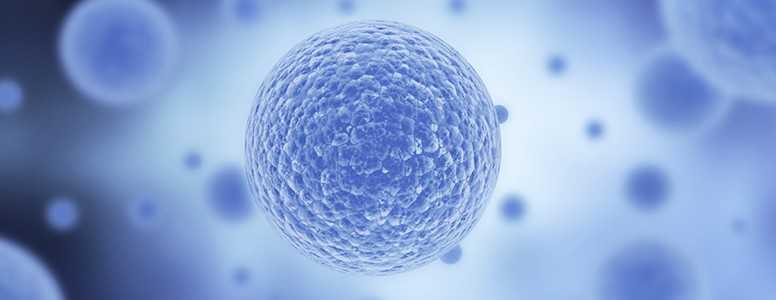Insulin-producing pancreatic cells have been created from human skin cells in a potentially significant breakthrough for diabetes treatment.
The study, conducted by researchers at the Gladstone Institutes and the University of California, San Francisco (UCSF), has already been used to prevent the development of type 1 diabetes in mouse models.
“Our results demonstrate for the first time that human adult skin cells can be used to efficiently and rapidly generate functional pancreatic cells that behave similar to human beta cells,” said Matthias Hebrok, PhD, director of the Diabetes Centre at UCSF and a co-senior author on the study. “This finding opens up the opportunity for the analysis of patient-specific pancreatic beta cell properties and the optimisation of cell therapy approaches.”
The researchers first reprogrammed skin cells into something called endoderm progenitor cells. These are early developmental cells that can be engineered to mature into a range of different kinds of cells. A similar technique is possible using stem cells, but the new method allows cells to be turned into pancreatic cells more quickly.
The next step was to turn these cells into pancreatic precursor cells, before finally developing them into full beta cells. When these beta cells were transplanted into mouse models, they effectively prevented the development of diabetes.
“This study represents the first successful creation of human insulin-producing pancreatic beta cells using a direct cellular reprogramming method,” said first author Saiyong Zhu, PhD, of the Gladstone Institute of Cardiovascular Disease. “The final step was the most unique – and the most difficult – as molecules had not previously been identified that could take reprogrammed cells the final step to functional pancreatic cells in a dish.”
“This new cellular reprogramming and expansion paradigm is more sustainable and scalable than previous methods,” said Sheng Ding, a senior investigator in the Roddenberry Stem Cell Centre at Gladstone and co-senior author on the study. “Using this approach, cell production can be massively increased while maintaining quality control at multiple steps. This development ensures much greater regulation in the manufacturing process of new cells. Now we can generate virtually unlimited numbers of patient-matched insulin-producing pancreatic cells.”
The findings are published in Nature Communications.
What's new on the forum? ⭐️
Get our free newsletters
Stay up to date with the latest news, research and breakthroughs.






